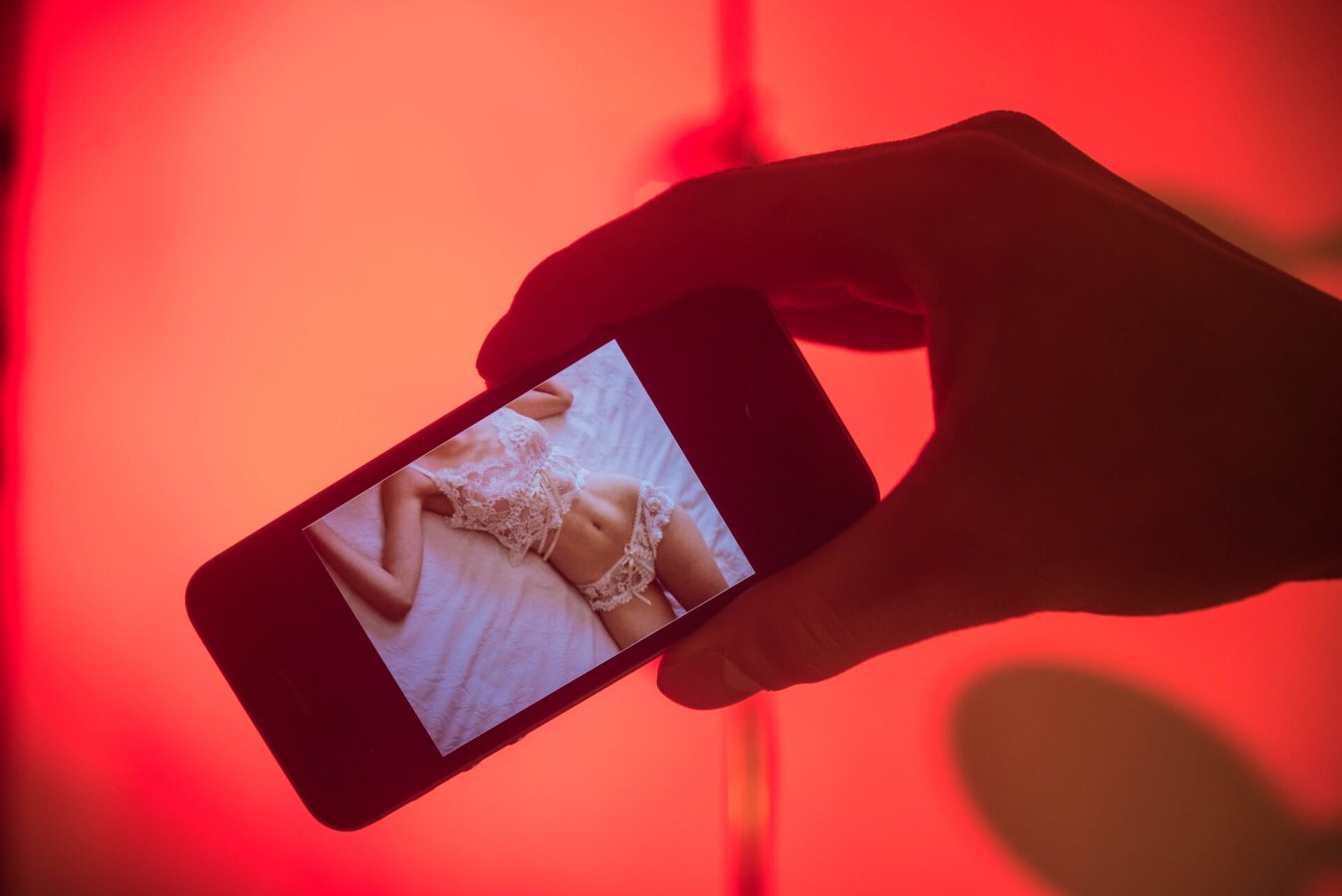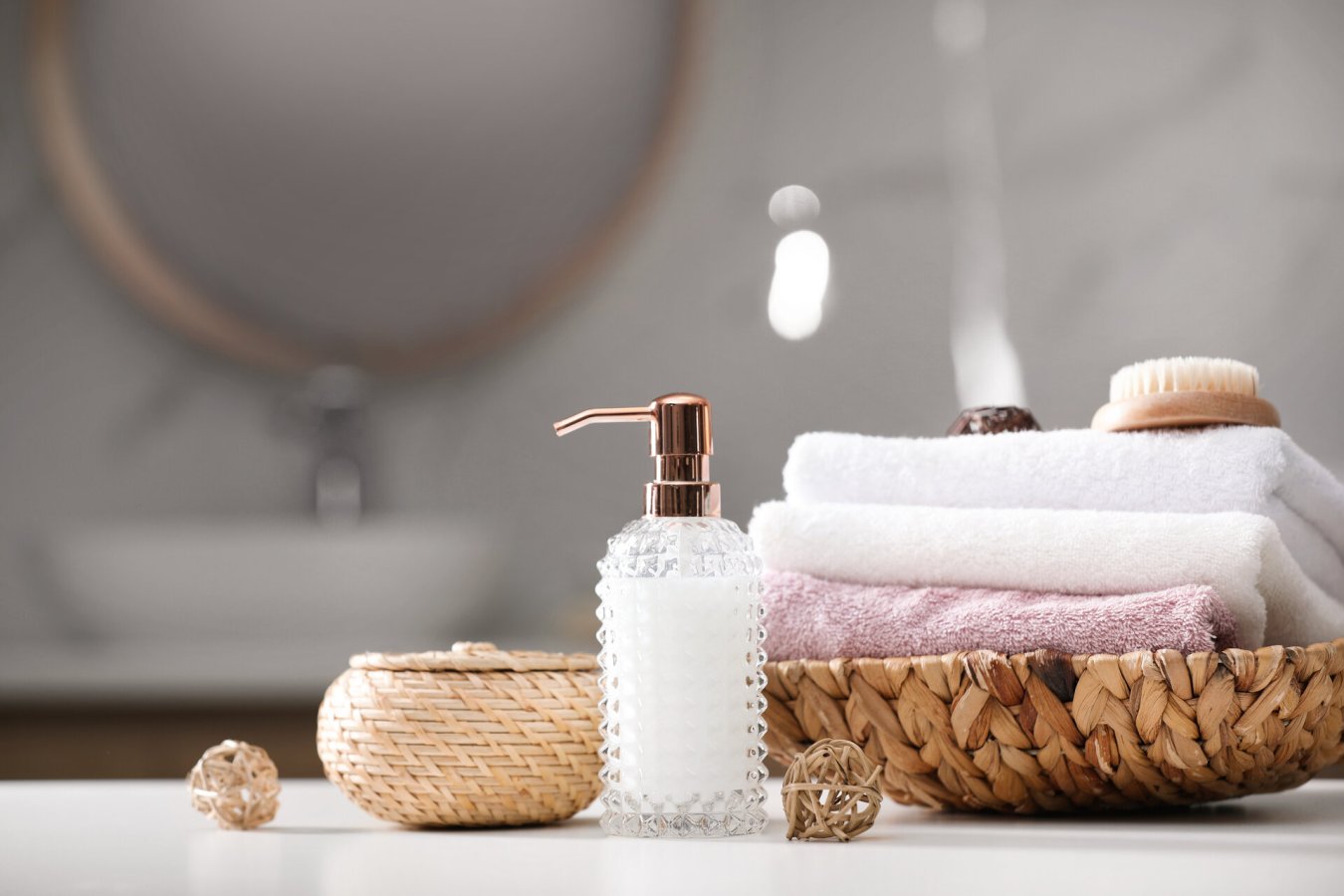Fashion is often portrayed as a rigid set of guidelines that dictate what is considered stylish and appropriate. However, some of the strictest "rules" in fashion are in need of an update. While certain styles have stood the test of time, a one-size-fits-all approach to dressing well is highly limiting and discourages personal expression through clothing choices. So forget the notion that only tradition deserves a space in your wardrobe! This article encourages taking risks and making fashion mistakes part of the fun. By following your instincts over rigid conventions, your personal flair and one-of-a-kind aesthetic will shine through.
This article highlights 10 so-called fashion rules that are prime for breaking. So let’s see the first five!
- Dressing for your age
Age is just a number - How someone feels and the energy they bring is more important than a birthday. Feeling restricted by age expectations can limit self-expression. Styles are not age-exclusive - Many modern styles are geared towards youth but can flatter various ages when adapted appropriately. Strict cut-offs promote ageism in fashion. Confidence comes from within - Wearing clothes someone feels good in, regardless of perceived age-appropriateness, can boost self-assurance more than following arbitrary rules. Aging is natural - Since getting older is inevitable, it's healthier to embrace the process than resist the passing of time through clothing.
2. Certain clothes if you have a specific body type
Body diversity is beautiful. All bodies deserve to feel confident and expressive through fashion, regardless of size, shape, or perceived "flaws.” Clothes have no size - Styles are not limited to a single body type when adapted creatively. Tailoring, layers, and accessories allow varied silhouettes to suit individuals. Comfort over strict rules - Focusing on what's comfortable, rather than rigid guidelines, better promotes well-being and happiness with one's appearance. Mental health matters - Restricting self-expression fuels dysmorphia. Trusting one's style of intuition nourishes a positive self-image over others' preconceived notions. Beauty is diverse - Appreciating diverse appearances in all their glory better promotes inclusion and dismantles shallow and harmful stereotypes.
3. Only wear pastels in the spring
Color is not seasonal: certain hues are not exclusively limited to certain times of the year. Anyone can wear pastels year-round if they suit one's personal style. Personal aesthetics change, so what someone feels drawn to is fluid and complex, not rigidly defined by conventions. Seasonal rules don't account for individual tastes. What’s more, pastels flatter all - soft shades are universally flattering when selected carefully. Springtime isn't the only chance to spotlight summery, buoyant colors. Last but not least, context matters. Pastels paired with textures like lace or knits evolve easily from spring into cooler seasons with the adjustment of accessories or fabrics. Plus, not all climates fit neatly into defined seasonal patterns. Personal calendars should prioritize self-expression over external expectations.
4. Gold and silver jewelry don't match
Whether wearing gold, silver or rose gold jewelry, combining precious metals is easily achievable with some styling savvy. While bold statement pieces in different precious metals could overwhelm an ensemble, subtler items peacefully complement one another. For example, a diamond solitaire ring set in silver beautifully offsets a delicate gold necklace. Or a rose gold bracelet serves as a neutral bridge between silver stud earrings and a thin gold bangle. When choosing versatile silhouettes and coordinating dimensions or hues, a mix of precious metals creates an artfully layered look. Rather than strict separation, integration lends visual intrigue while embracing personal flair. With a keen eye, any combination can feel seamlessly put together rather than clashingly matched. The key is balance and allowing elements to play off one another for maximum sparkle.
5. Don’t wear sunglasses in the dark
While sunglasses are primarily worn during daylight hours for practical vision purposes, stylists say they don't necessarily need to serve a functional purpose to be a valid accessory choice after dark. Shades, when carefully selected, can complement an outfit by accentuating features like cheekbones. They can also imbue an air of mystique and allow the wearer an extra layer of personal expression. For those who prefer ease over bold self-expression, sunglasses provide an easy way to curate a look without extensive effort. From shielding eyes at a brightly lit event to complementing a moodier aesthetic, versatility means the accessory rules aren't rigidly defined by the time of day. A nuanced styling perspective embraces experimenting with unconventional combinations that feel authentic to the individual wearer.
Stay tuned for part two!






